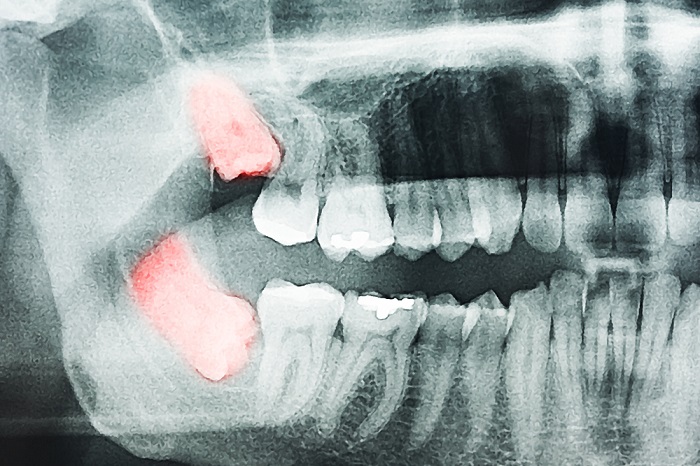Table of Contents
Wisdom Teeth Removal
Wisdom teeth removal is not something someone would like to go through, but it is indispensable sometimes.
Wisdom teeth have several names from one country to another. For instance, they are called teeth of love in Korea, teeth of the spirit in Romania, teeth of 20 years in Turkey, and so on. Here in the United States, they are called the teeth of wisdom because their eruption is late. But why it is often necessary to extract them?
When Wisdom Teeth Removal Is Necessary?
It is recommended to extract these molars when they are symptomatic or cause health problems such as recurrent pain, infections, and damage to other teeth. In fact even when they are completely asymptomatic they cause dental displacements by exerting pressure on nearby teeth to find their place.
This would disrupt the alignment of the teeth, and promote overlapping, although studies have shown they play only a minor role in this phenomenon. Other more important factors, such as residual growth, should be considered. Thus, even when the wisdom teeth are removed, dental displacements can occur subsequently. Therefore, several associations of dentists have ruled that it is not appropriate to extract them solely for this reason.
Other reasons that may cause your dentist to remove your wisdom tooth:
- A wisdom tooth can sometimes be difficult to access during brushing, leading to tooth decay. When it is “semi-inclusive” or its position makes traditional care not enough to cure the decay, it is better to take the lead and extract it when it is still healthy.
- When the second molar is decayed and the wisdom tooth is too contiguous, it is often difficult to treat it properly. It is then necessary to remove it in order to treat the diseased tooth.
- Wisdom teeth removal is also recommended when it has no antagonist on the opposite arch. If a tooth has no support, it will tend to continue its eruption until it finds a new point of support to stop it (the gum for example) and it will disrupt the stability of the dentition. Thus, even if there is only one wisdom tooth causing the problem, it is preferable to also remove the corresponding tooth.
- In addition, a person may very well see his two wisdom teeth extracted at an advanced age, when only one of them becomes decayed.
Wisdom Teeth Removal Video and Explanation
Extractions of wisdom teeth usually take place under local anesthesia, most of the time not in hospital. They are then extracted per side in two sessions. It may happen, depending on the difficulty and the fear of the patient, that general anesthesia is required, which also requires hospitalization. A consultation with an anesthesiologist before the extraction is then necessary
During the procedure, the doctor incises the gum, and then releases the wisdom tooth by milling the bone. Sometimes it is necessary to cut the tooth into several pieces. Next, the gingiva is re-closed with resorbable wires which will disappear spontaneously in less than 3 weeks.
In case these wires cause irritation or infection, simply contact the surgeon dentist to remove them manually. The duration of intervention varies according to the situation, but it rarely exceeds thirty minutes. In case of general anesthesia, the duration of hospitalization does not exceed two days. Contrary to popular belief, the intervention is not painful in itself. It is in the following days that the patient can experience some painful.
Wisdom Teeth Removal Cost
This is relatively an inexpensive procedure. The cost usually falls between $200 and $500 per extracted tooth, which covers cost of local anesthesia and follow visits. In most cases the average amount is less than $1,500 for four wisdom teeth removal. The cost depends on the number of extractions and nature of the surgical removal.
Wisdom Teeth Removal Duration
The duration of the intervention varies according to technical difficulties and the number of teeth to be removed. But in general it is an average of 5 to 10 minutes per tooth to be extracted. After that, the patient stays for a while in the recovery room, and then has a family member or friend take him home. Recovery depends on age and the nature of the procedure. The healing takes place in ten to twelve days.




